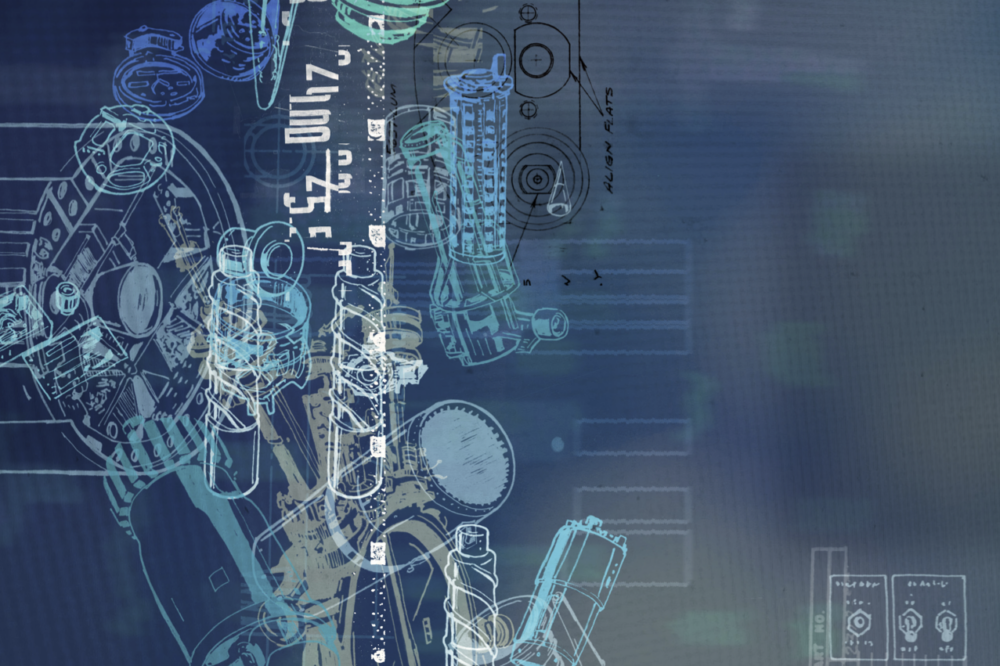
Page Stoutland, Ph.D.
Consultant, Scientific and Technical Affairs
Vast quantities of publicly available data, information, advanced analytics, and machine learning offer untapped potential for preventing and deterring global nuclear proliferation.
Provide blueprints for identifying high-risk or illicit nuclear trade among millions of transactions to supplement traditional monitoring and verification of nonproliferation regimes.
Demonstrate how to uncover previously unknown, potentially illicit activities that constitute a nuclear proliferation risk.
Preventing the spread of nuclear weapons and weapons technology can reduce the risk of nuclear confrontations or accidents. International agreements, national laws and voluntary cooperation limit trade of sensitive materials, but these measures are showing signs of strain as technological advances make them more difficult to enforce. Open, increasingly digital data combined with tools for data analytics can supplement traditional nonproliferation efforts by detecting illicit proliferation.
Traditionally, proliferation detection has been the exclusive task of governments and international organizations like the International Atomic Energy Agency (IAEA). Monitoring and verification of proliferation and arms control agreements have relied on tools such as monitored party declarations, on-site inspections, and national technical means. In our Cultivating Confidence series, NTI clarified the potential of “societal verification” given the expansion of digital media. In addition to a wealth of social media content, increased digitization of public records such as trade data, corporate registries and transport logs can provide visibility into potentially illicit networks or suspicious activity.
Consistent with NTI’s history of pursuing projects to encourage government action, NTI worked with the Center for Advanced Defense Studies (C4ADS) to build upon existing work in the field to demonstrate how use of publicly available data and network analysis techniques can supplement traditional monitoring and verification of international agreements.
In 2020, C4ADS released the report Trick of the Trade: South Asia’s Illicit Nuclear Supply Chains. This report maps international procurement supply chains using millions of trade records in order to isolate entities that present high risk for illicit dual-use trade.
In 2021, NTI and C4ADS released the report Signals in the Noise: Preventing Nuclear Proliferation with Machine Learning & Publicly Available Information which features a process that identified previously unknown companies procuring sensitive technologies. Signals in the Noise demonstrates how automated data preparation and analysis can save hundreds of analyst hours and help identify twice as many potential high-risk entities as previous efforts had through more manual approaches. Over the course of research, the U.S. government added to an export control list as many as ten companies identified through these approaches.
NTI and C4ADS recommend leaders of nuclear non-proliferation efforts around the world:
Our ambition is to develop, test, and implement modern approaches to nonproliferation with publicly available data and machine learning to expose proliferation activities and serve the global non-proliferation mission to reduce the risk of catastrophic consequences from use of a nuclear weapon. Indeed, in the future, it may be impossible for a nuclear proliferator to evade detection.
